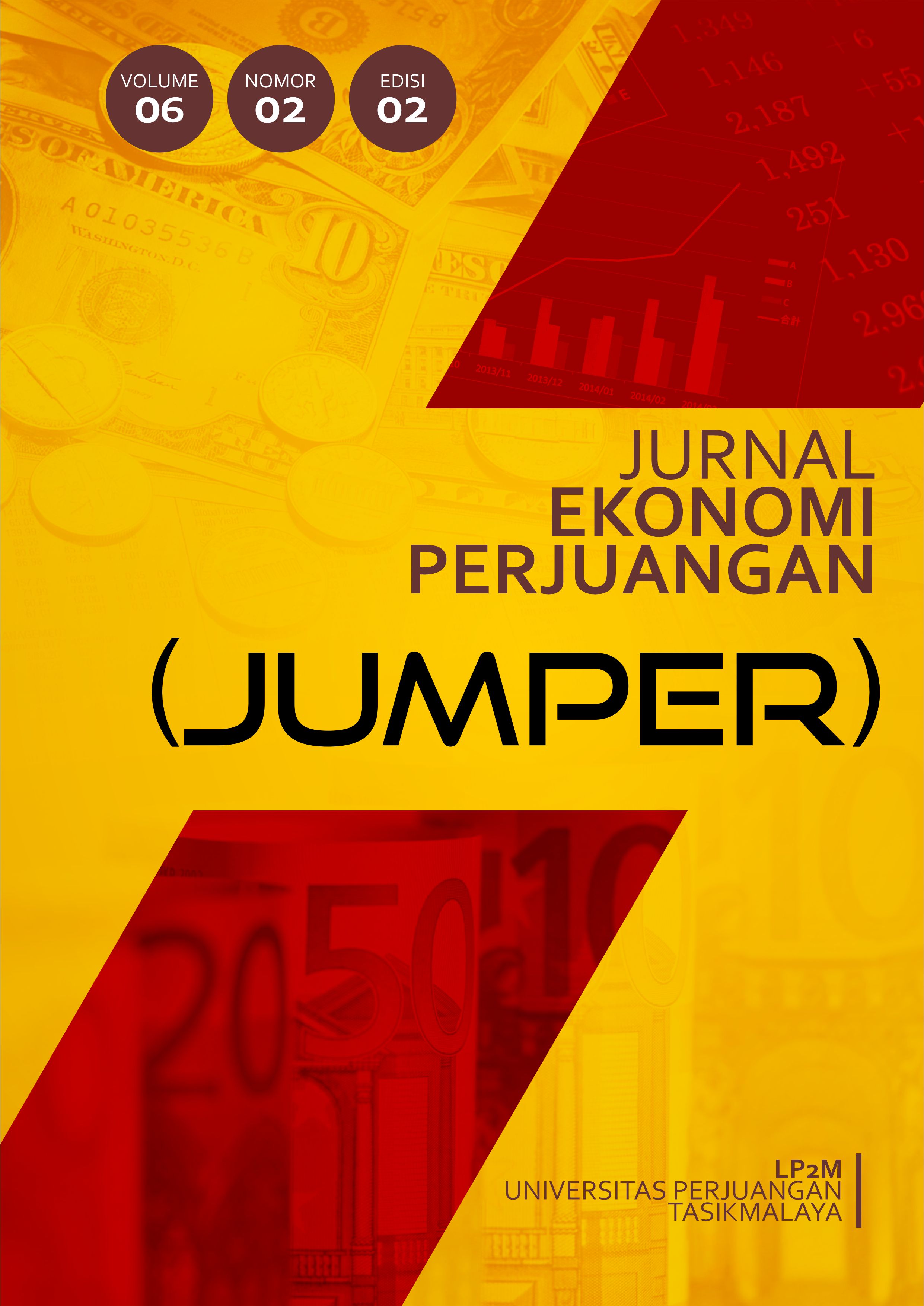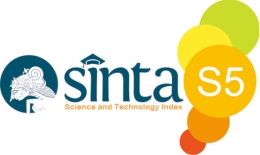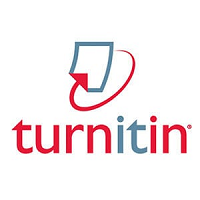The IMPACT OF 12% TAX INCREASE ON UNEMPLOYMENT RATE AND ECONOMIC GROWTH: A MACROECONOMIC ANALYSIS OF INDONESIA
DOI:
https://doi.org/10.36423/jumper.v6i2.1947Keywords:
Value Added Tax (VAT), Increase in VAT rate, Unemployment, Economic growth , Macroeconomic approachAbstract
The 12% increase in the Value Added Tax (VAT) rate in Indonesia raises concerns about its impact on the unemployment rate and economic growth. This article analyzes the implications of this fiscal policy using a macroeconomic approach and systematic literature review method. The process of coding and visualizing the research results uses Atlas.ti software. The findings suggest that the tax increase has the potential to burden firms, which could lead to a reduction in labor force and increase unemployment, especially in sectors that depend on people's purchasing power. In this situation, higher inflation could erode purchasing power, reduce demand for goods and services, and slow overall economic growth. This research suggests that an increase in unemployment will have a wider negative impact on the economy, as the informal sector tends to be more vulnerable to these fluctuations.
Keywords: Value Added Tax (VAT), Increase in VAT rate, Unemployment, Economic growth, Macroeconomic approach.
References
Ayu, Y. S. A. (2024). PPN 12 persen: Solusi penerimaan negara atau beban baru bagi masyarakat? Pajak.com. Retrieved from https://www.pajak.com/komunitas/opini-pajak/ppn-12-persen-solusi-penerimaan-negara-atau-beban-baru-bagi-masyarakat/
Bhattarai, K., Haughton, J., Head, M., & Tuerck, D. G. (2015). Simulating corporate income tax reform proposals with a DCGE model. Department of Economics and Beacon Hill Institute at Suffolk University, 8.
Carroll, R., Cline, R., Neubig, T., Diamond, J., & Zodrow, G. (2010). The macroeconomic effects of an add-on value added tax. Prepared for the National Retail Federation. Washington, DC: Ernst & Young LLP.
Dhewi, S. R. (2022). Dampak kenaikan tarif Pajak Pertambahan Nilai menjadi 11% per 1 April 2022 terhadap masyarakat.
Djufri. (2024). Dampak pengenaan PPN 11% terhadap pelaku dunia usaha sesuai UU No. 7 Tahun 2021 tentang harmonisasi peraturan perpajakan di Indonesia. Jurnal of Social Research, 1(5).
Feb, F., & Dunci, K. (2023). Pengaruh tarif PPN 11% dan tingkat pendapatan selama pandemi terhadap daya beli masyarakat. Ekonomi & Bisnis, 22(1), 8–16. https://doi.org/10.32722/eb.v22i1.5761
Julito, K. A., & Ramadani, I. (2023). Dampak dan kontribusi kenaikan Pajak Pertambahan Nilai menjadi 11%. Media Akuntansi Perpajakan, 8(2), 96-103.
Kompas.com. (2022). Tarif PPN naik 11 persen, apa saja dampaknya? Retrieved April 16, 2024, from https://www.kompas.com/wiken/read/2022/04/02/084500781/tarif-ppn-naik-11-persen-apa-saja-dampaknya-
Kompas.com. (2022). Tarif PPN diwacanakan naik 1 April, ini dampaknya bagi masyarakat. Retrieved April 16, 2024, from https://www.kompas.com/tren/read/2022/03/15/093100565/tarif-ppn-diwacanakan-naik-1-april-2022-ini-dampaknya-bagi-masyarakat?page=all
Kompas.com. (2024). Analisis peneliti kebijakan publik soal kenaikan tarif PPN 12 persen di 2025. Retrieved April 16, 2024, from https://www.youtube.com/watch?v=jf_HwpzxOPc
Majid, F., Sholikhah, H. S., & Lintang, S. (2023). Dampak kenaikan tarif Pajak Pertambahan Nilai (PPN) pada masyarakat di Indonesia. Jurnal Mahasiswa Akuntansi UNITA, 2(2), 92–97. https://doi.org/10.36563/jamanta_unita.v2i2.701
Natalia, & Fajria. (2023). Analisis pengaruh kenaikan PPN 11% di sektor perdagangan. 2nd Student MDP Conference. Universitas Multi Data Palembang.
Primantoro, A. Y. (2024). Ekonomi RI dalam bayang-bayang pelemahan daya beli. Kompas. Retrieved from https://www.kompas.id/baca/ekonomi/2024/05/13/ekonomi-ri-dalam-bayang-bayang-pelemahan-daya-beli
Putri, D. H., & Wijaya, S. (2022). Pajak Pertambahan Nilai final: Belajar dari Ghana dan China. Jurnal Pajak dan Keuangan Negara, 3(2).
Putri, I. M. (2024). Kenaikan PPN 12% dan dampaknya terhadap ekonomi. Jurnal Ilmiah Manajemen, Ekonomi, & Akuntansi (MEA), 8(2), 934-944.
Restu, I. (2024). Gelombang pengangguran naik, PHK di provinsi ini melonjak 5.000%. CNBC Indonesia. Retrieved from https://www.cnbcindonesia.com/research/20240923181234-131-573956/gelombang-pengangguran-naik-phk-di-provinsi-ini-melonjak-5000
Rita, & Astuti, P. (2023). Dampak kenaikan tarif Pajak Pertambahan Nilai terhadap inflasi. Jurnal Akuntansi Keuangan Dan Perbankan, 4(1). https://doi.org/10.56486/remittance.vol4no1.279
Sajadifar, S. H., Khiabani, N., & Arakelyan, A. (2012). A computable general equilibrium model for evaluating the effects of value-added tax reform in Iran. World Applied Sciences Journal, 18(7), 918–924. https://doi.org/10.5829/idosi.wasj.2012.18.07.1772
Setiawati, S. (2024). RI tidak baik-baik saja, pengangguran di provinsi ini melonjak 5.000%. CNBC Indonesia. Retrieved from https://www.cnbcindonesia.com/research/20240922122720-128-573615/ri-tidak-baik-baik-saja-pengangguran-di-provinsi-ini-melonjak-5000
Downloads
Published
Issue
Section
License
Copyright (c) 2024 Rahmanita Maulidya, Nuraini Asriati

This work is licensed under a Creative Commons Attribution-NonCommercial-ShareAlike 4.0 International License.
The Authors submitting a manuscript do so on the understanding that if accepted for publication, copyright of the article shall be transferred to Jurnal Ekonomi Perjuangan (JUMPER)
This is an open-access journal in accordance with the Creative Commons Attribution-ShareAlike 4.0 International (CC BY-SA 4.0) license.
This permits users to:
Share - copy and redistribute the material in any medium or format
Adapt - remix, transform, and build upon the material for any purpose, even commercially
Under the following terms:
Attribution - You must give appropriate credit, provide a link to the license, and indicate if changes were made. You may do so in any reasonable manner, but not in any way that suggests the licensor endorses you or your use.
ShareAlike - If you remix, transform, or build upon the material, you must distribute your contributions under the same license as the original.
No additional restrictions - You may not apply legal terms or technological measures that legally restrict others from doing anything the license permits.











